Karnak Temple, one of the most awe-inspiring monuments of ancient Egypt, stands as a tribute to human devotion and architectural grandeur. However, by the mid-19th century, this iconic site had fallen into disrepair. The ambitious restoration efforts led by French Egyptologist Auguste Mariette, starting in 1865, marked a turning point in its history. His work preserved not only the physical structures but also the legacy of a civilization that continues to captivate the world. Let’s explore ancient civilizations with archeology.dulichvn.net
The History and Significance of Karnak Temple
A Monument of Ancient Egypt
Karnak Temple, located in Luxor, Egypt, is one of the largest religious complexes in the world. It was built and expanded over nearly 2,000 years by successive pharaohs, beginning around 2000 BCE. Dedicated primarily to the god Amun, it served as a spiritual center and a testament to the power and wealth of the pharaohs.
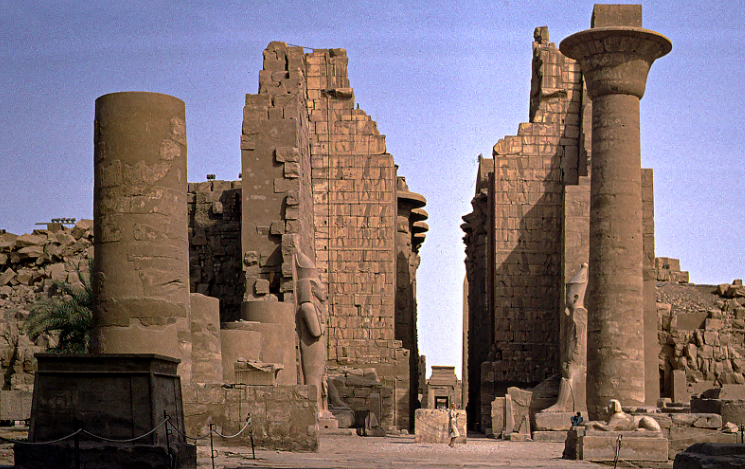
A Complex of Architectural Marvels
The temple features a variety of structures, including towering obelisks, colossal statues and intricately carved walls. The Hypostyle Hall, with its 134 massive columns, is one of its most famous sections and a hallmark of ancient Egyptian architecture.
See more: The 2,000-Year-Old Roman Handprint in Cherchell
Decay and Neglect Over the Centuries
By the 19th century, Karnak Temple had suffered from natural erosion, looting, and neglect. Rubble covered much of the site, and many structures were on the verge of collapse. Its glory seemed lost—until the intervention of Auguste Mariette.
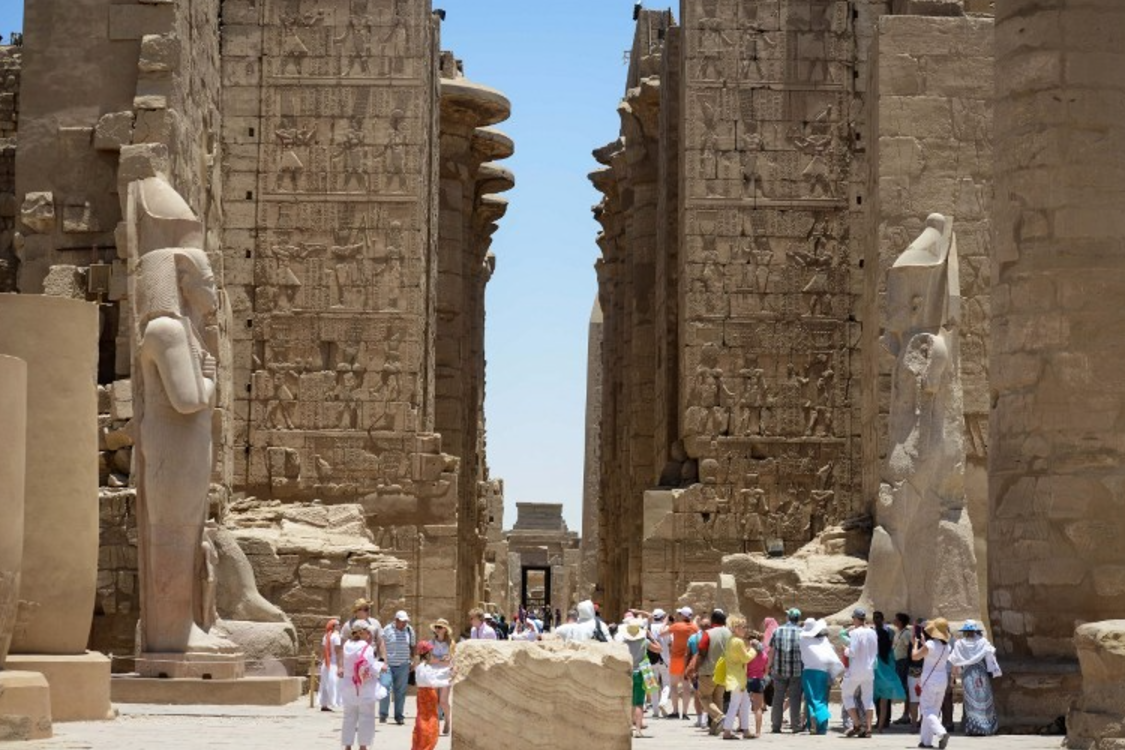
Auguste Mariette: The Pioneer of Karnak’s Restoration
Who Was Auguste Mariette?
Auguste Mariette was a French archaeologist and Egyptologist renowned for his contributions to the preservation of ancient Egyptian heritage. His passion for Egypt’s history led him to spearhead several excavation and restoration projects, with Karnak Temple being one of his most notable endeavors.
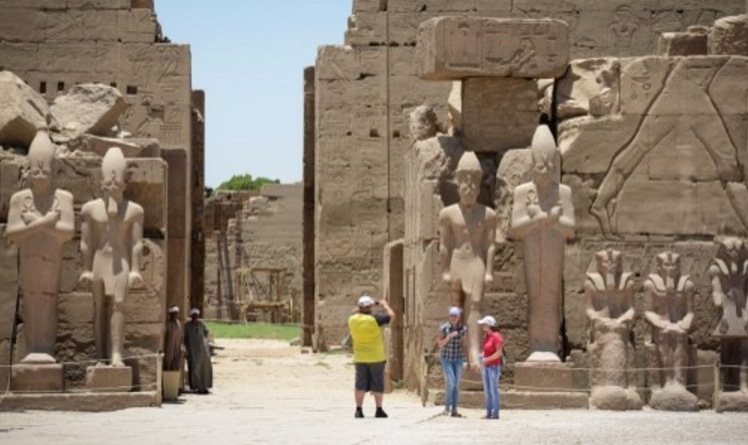
The Restoration Begins
Mariette’s restoration work at Karnak began in 1865. His primary focus was to clear the rubble, stabilize weakened structures, and repair key monuments. He approached his task with a deep respect for the temple’s historical and cultural significance.
Key Achievements
- Clearing the Hypostyle Hall: Mariette removed debris from the iconic Hypostyle Hall, revealing its towering columns and intricate carvings.
- Restoring the Obelisks: He worked on stabilizing and repairing the obelisks, symbols of divine power and connection to the heavens.
- Preserving Inscriptions and Artwork: By carefully documenting and preserving the temple’s inscriptions, Mariette ensured that its stories and religious significance would endure.
See more: Explore Stonehenge Unexplained Mysteries
The Impact of Mariette’s Efforts
Reviving Global Interest in Karnak
Mariette’s restoration efforts rekindled international fascination with Karnak Temple. His work attracted scholars, travelers, and archaeologists, setting the stage for future exploration and conservation projects.
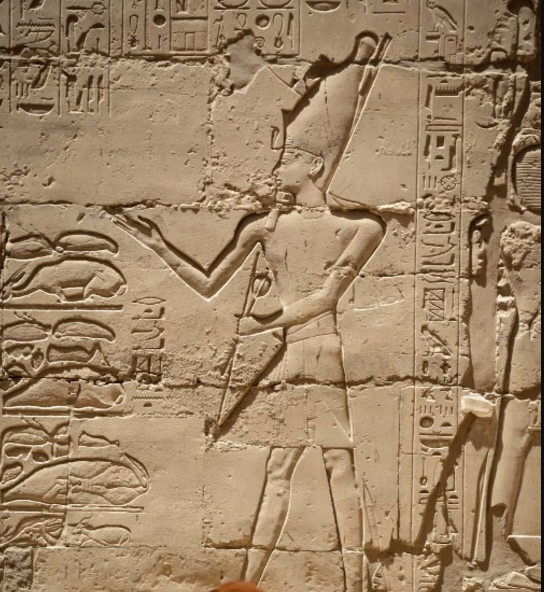
A Legacy of Preservation
Mariette’s contributions went beyond the physical restoration of Karnak. He established a foundation for modern archaeological practices in Egypt, emphasizing the importance of careful preservation and respect for historical sites.
Inspiring Future Generations
The preservation of Karnak Temple allowed its grandeur to inspire countless generations. It remains a symbol of the ingenuity and spirituality of ancient Egypt, drawing millions of visitors each year.
Karnak Temple Today: A Living Legacy
A UNESCO World Heritage Site
Today, Karnak Temple is part of the UNESCO World Heritage Site of Ancient Thebes. Its restoration and continued maintenance ensure that it remains a global treasure.
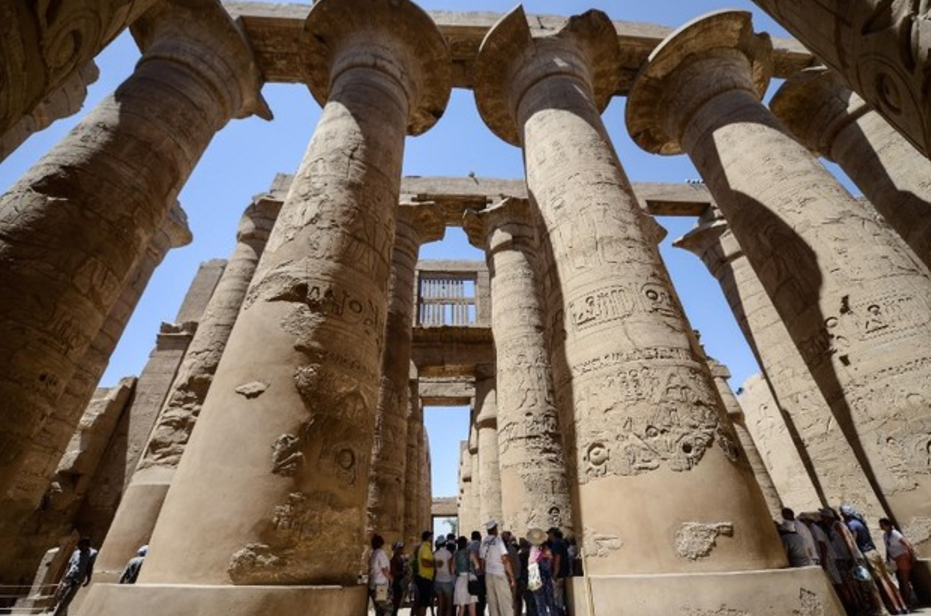
Ongoing Conservation Efforts
Modern archaeologists and conservationists build on Mariette’s legacy, employing advanced techniques to preserve the temple’s structures and artwork against the ravages of time and environmental factors.
A Tourist and Educational Hub
Karnak Temple attracts visitors from around the world, offering a window into the splendor of ancient Egyptian civilization. Guided tours, light shows, and educational programs bring its history to life.
Conclusion: The Enduring Grandeur of Karnak
The restoration of Karnak Temple, initiated by Auguste Mariette, is a testament to the importance of preserving humanity’s cultural heritage. His efforts not only saved a vital piece of ancient Egypt’s history but also inspired a global appreciation for the wonders of the past.

CÁC TIN KHÁC
Mark Twain & Olivia Langdon: A 36-Year Love Story Filled with Laughter and Devotion
The Tollund Man: A 2,400-Year-Old Mystery Preserved in a Danish Bog
Skara Brae: Scotland’s Hidden Neolithic Village
Porta Nigra: The Hidden Depths of Trier’s Iconic Roman Gate